Different Types of Submarines and Underwater Vessels
Submarines are vessels which carry out underwater operations and duties. The usage of submarines has been quite prominent especially during war times when they are used as stealth weapons to destroy opponents’ naval vessels.
Over the years, however, the usage of submarines has extended to a number of areas. This extension in the scope of usage has led to the innovation and development of newer submarine technology.
Some of the types of submarines that have originated over the years can be enumerated and listed down as follows:
U-Boat: The German war-vessels used during the Second World War, the U-boats were of extreme importance to the German naval forces. The development of the U-boat technology was testimony to the German forces’ single-minded determination to win the World War. The first U-boat was launched in the year 1939 and was called the U-27.
Midget Submarine: The word ‘Midget’ refers to anything being small in stature. The midget submarine technology empowers big naval ships to allow these smaller vessels into the water to carry out required underwater operations. The midget submarine is often referred to as the submersible.
Personal Submarine: Also known as the recreational submarine, the personal types of submarine is that which is used for recreational or research purposes. First created by Graham Hawkes in the 1970s, these types of submarines were initially utilized as naval vessels. In contemporary times, they have become exceedingly important in the marine research and recreational arena. Nowadays, even super yachts and large cruise ships have personal recreational submarines.
Deep-Sea Submergence Vehicle: Known as the DSV, the deep sea submergence vehicle is a submarine used for deepwater research purposes. DSVs can either be manually operated by pilots or controlled through robotic operations. The Deep Sea Submergence Vehicles are sometimes also referred to as the Deep Submergence Research Vehicles.
Deep Submergence Rescue Vehicles: Referred to as the DSRV, these types of submarines are used for underwater naval rescue operations. Predominantly used in the United States, this submarine technology was developed as a result of the naval accident caused to the USS Thresher in the 1960s. Over the years, the usage of these types of submarines has extended to other countries of the world as well.
Human Torpedoes: Human torpedoes are submarines which were used to bombard the naval vessels of enemies with missiles. Extensively used by the Italian, British, Egyptian and Greek naval forces right from the First World War, the human torpedoes formed an integral part of the naval warfare.
Merchant Submarine: Merchant Submarines were the ingenious creation of German inventors. Because of the sea trading route being blocked during the First World War, with the help of merely two merchant submarines, Germany traded with the then-neutral United States. The two merchant submarines deployed for merchant navy operations were the Deutschland and the Bremen.
Naval Submarines: Last but not the least, the main usage of submarine is during the war time. Used extensively during war time, naval submarines are used today by almost all countries around the world in their defence systems.
The different types of submarines and underwater crafts have helped provide a wider scope to the existing maritime operations. And even as their role has diversified, submarine technology is becoming equally important and integral in the execution of feasible underwater functioning.
You may also like to read –
Latest Type Of Ships Articles You Would Like:
Do you have info to share with us ? Suggest a correction
Subscribe To Our Newsletters
By subscribing, you agree to our Privacy Policy and may receive occasional deal communications; you can unsubscribe anytime.
Web Stories



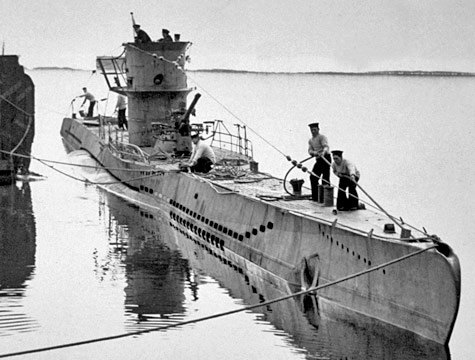
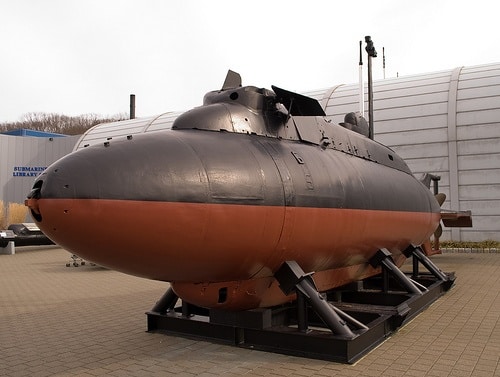
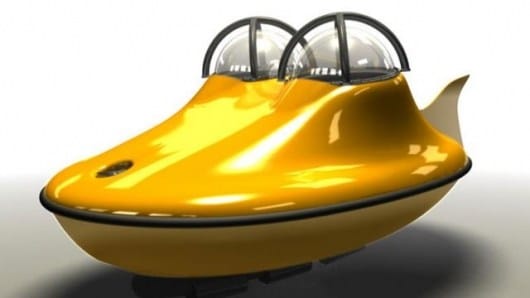

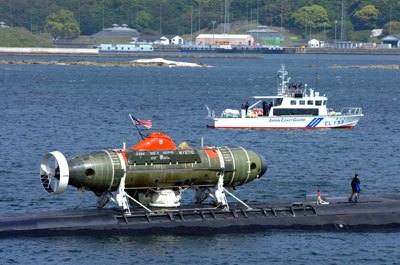
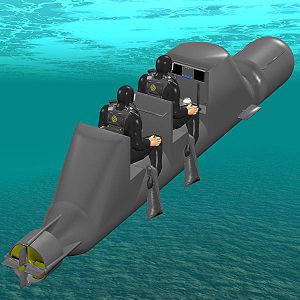
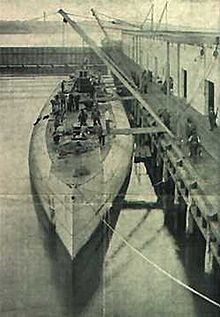
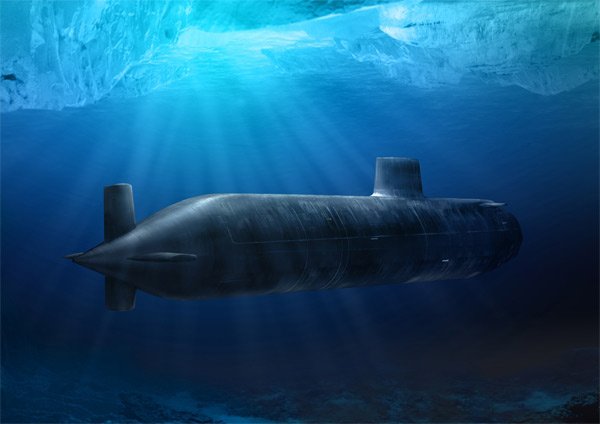
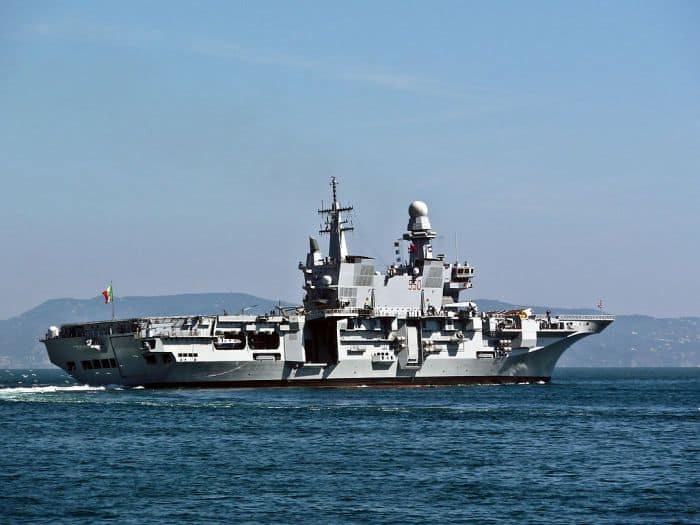
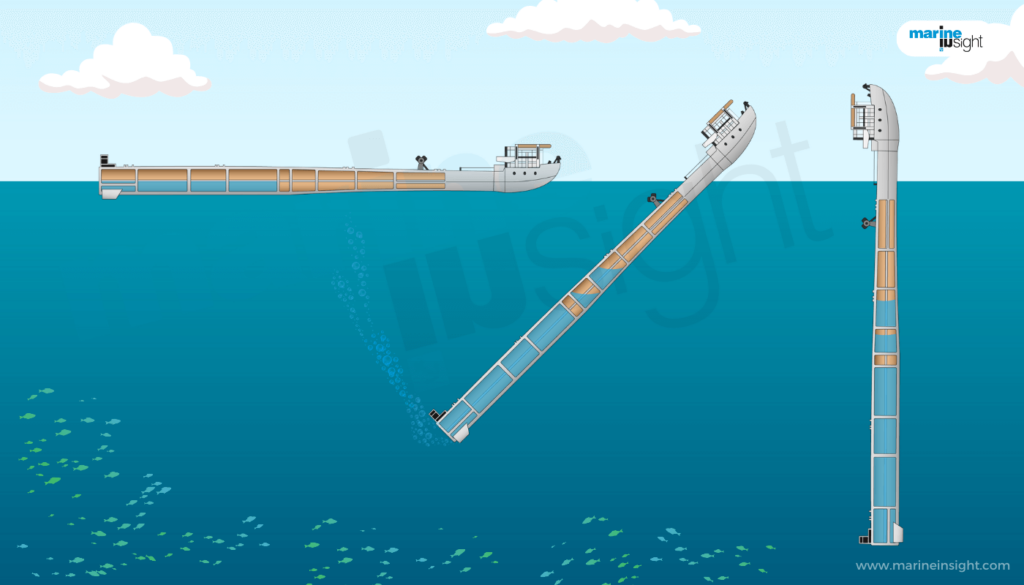



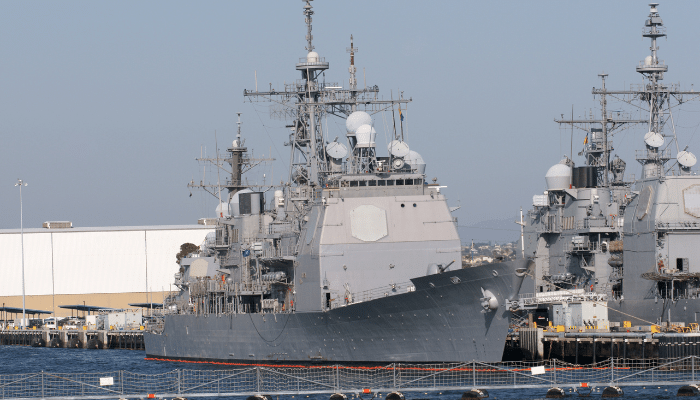


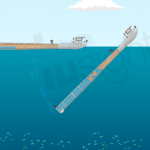
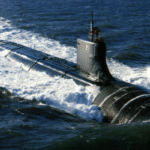

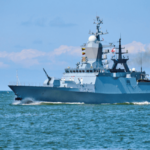






I like the page